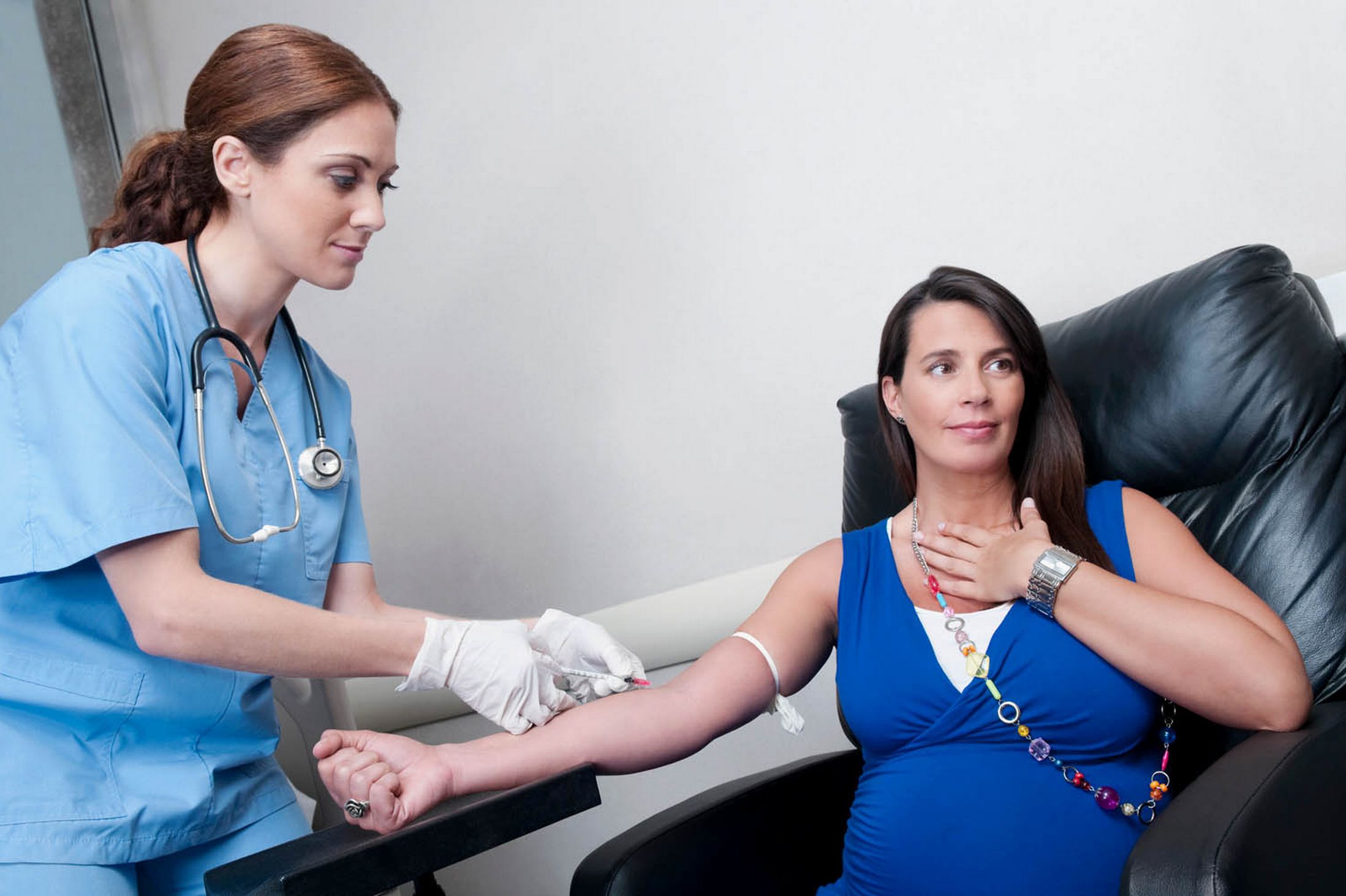In order to be sure that your baby is healthy there are a lot of procedures that may be performed to look for birth defects. Chorionic Villus Sampling (CVS) is one of them. It is a diagnostic test which can identify chromosome abnormalities and other inherited disorders. CVS may be recommended if the mother or father has a family medical history that reveals potential risk.
How is CVS performed?
Placenta is an organ that connects the baby to the uterine wall to allow waste elimination, nutrient uptake and gas exchange through the mother’s blood supply. Chorionic Villi are by definition, products of conception and they are tiny, finger-shaped growths in the placenta. Thus, the chorionic villi are part of the border between maternal and fetal blood during pregnancy.
This is a procedure which involves removing several chorionic villi cells from the placenta. The exact location of the removing process is the point where the placenta is attached to the uterus wall. To collect these samples, this procedure can be done in two ways.
Transversical: Under ultrasound guidance a thin catheter is placed through the cervix to your placenta. After the catheter is placed we can gently absorb the chorionic villi into the catheter.
Transabdomina: Under ultrasound guidance a fine long needle is placed through the abdomen to your placenta. Through this needle we can draw a sample of tissue and once the sample is done the needle is removed.
The Chorionic Villus Sampling procedure is similar to amniocentesis, but it provides larger samples and faster results. Results may arrive in three days.
When can CVS be performed?
CVS may be performed between 10 and 13 weeks during pregnancy. Pregnant women are advised to perform this procedure as it is done earlier in their pregnancy.
Why CVS is performed?
Pregnant women perform CVS in order to detect chromosome abnormalities such as Down syndrome and other genetic disorders. CVS differs from amniocentesis because you cannot test for neural tube defects, but it provides access to DNA paternity testing prior delivery.
The collected DNA sample from the potential father is compared to DNA obtained from the baby during CVS. The results will arrive in two weeks and they are 99% accurate.
Are there any potential CVS risks for the mother and the baby?
Although this is considered as a safe procedure, it is acknowledged as an invasive diagnostic test that carries potential risks. CVS’s primary risk is miscarriage that occurs in 1 out of every 100 procedures.
Side effects from CVS procedure are:
- Infection
- Cramping
- Spotting
- Pain at the puncture point
You should contact your health care provide if you experience:
- Leaking of amniotic fluid
- Chills
- Fever
CVS is not recommended for women who:
- Have inactive STD, women who are carrying twins or have had vaginal bleeding during pregnancy are not recommended to perform CVS.
- Transcervical CVS does not apply for women who have uterine fibroids or tilted uterus which impedes the catheter.
Reasons to test or not to test
To test or not to test reasons vary from person to person. Here are some opportunities that this procedure can provide if you perform this test and confirm the diagnosis:
- You will help your child by choosing an adequate therapy and potential interventions that may exist
- Start with your lifestyle changes and identifying support groups and resources
- Make a decision to have the child or not
Not to pursue testing or make additional tests is an option is this individual has:
- Personal, religious moral reasons and making a decision whether she is carrying the child to term is not an option
- The parents are comfortable with the results no matter what the outcome is
- The parents do not want to expose their child to any risks
Parents should discuss about the benefits and risks of testing with their healthcare provider. Your health care provider will explain and help you evaluate the benefits from the results if they outweigh the risks from the procedure.
[lamoud_Pregnancy_Calculator]My content[lamoud_Pregnancy_Calculator]





